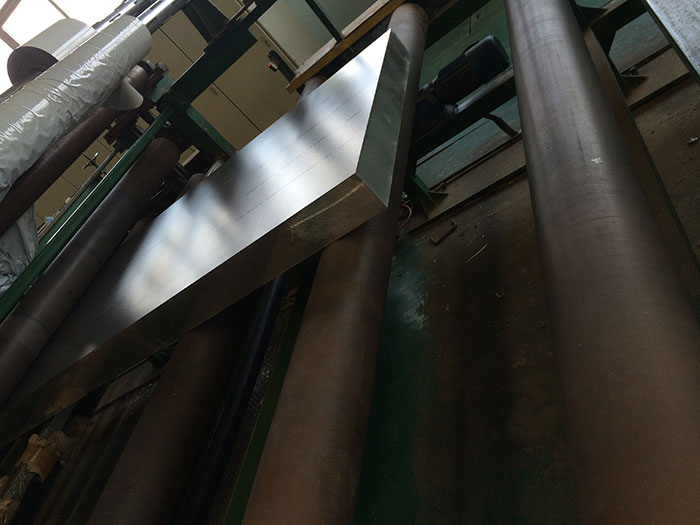7075 aluminium plate has a high specific strength, elastic modulus, fracture toughness, it is widely used in the manufacture of aircraft beams, landing gear parts. With the rise of aerospace technology, the use of thick aluminum alloys in the aviation industry has become more and more widespread. The friction stir welding (FSW) invented in 1991 can solve the common problems such as the solidification cracking of weld metal, the softening of heat affected zone and the stress concentration of aluminum alloy during the fusion welding process, so it has been widely used in aviation.
For aluminum alloy materials, intergranular corrosion is one of the common forms of corrosion, and it is not easily found in the early stages of corrosion. This poses a serious safety hazard for aircraft and ships using these materials.
At present, the research on the performance of thick aluminum alloy FSW joints mainly focuses on the mechanical properties of the joints, but there are few reports about the corrosion behavior of thick aluminum alloy FSW joints along the thickness direction. When FSW is used in thick aluminum alloys, there is a large temperature gradient in the direction of plate thickness, which leads to differences in the degree of metal plasticization and flow behavior during the welding process, resulting in different microstructures, which in turn causes the joint to exist along the plate thickness direction. Corrosion performance differences.
Our test material is a 20mm thick
7075 T6 aluminium plate. The results show that the extent of corrosion in the nugget increases gradually along the thickness direction, while the degrees of corrosion in the TMAZ and HAZ gradually decrease. small.
Conclusion:
1.
7075 T6 Aluminium plate FSW Welded joints Welds in the center of the welded joints are organized as fine equiaxed grains. The second phase is evenly distributed and the intergranular corrosion is the lightest. The HAZ grain size is the largest, and the second phase distribution uniformity is the worst, intergranular corrosion. The most serious degree.
2. The extent of intergranular corrosion in each zone decreases along the plate thickness, NZ gradually increases, TMAZ increases first and then decreases, and HAZ gradually decreases.
3.The difference of the crystal grain size and the size and distribution of the second phase particles along the plate thickness direction in each area of the
7075 T6 aluminium plate FSW joint is the main reason for the different degree of intergranular corrosion along the plate thickness direction in each area of the joint.
We have extensive production experience in
7075 aluminium sheet, and professional quality inspection team, quality is widely acclaimed in the international market, and we have a large number of inventory, can be divided according to customer requirements, you are welcome to consult purchase.


